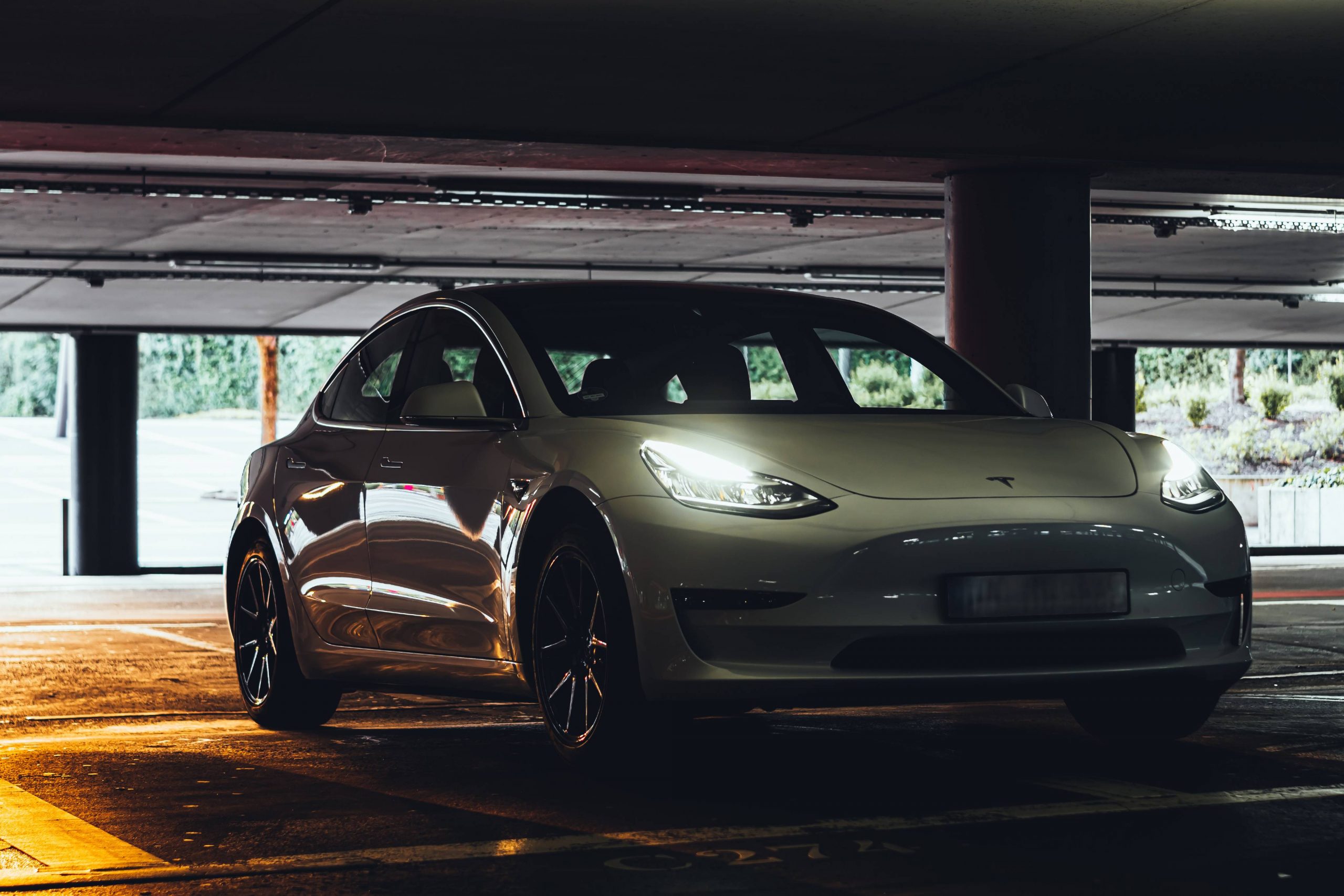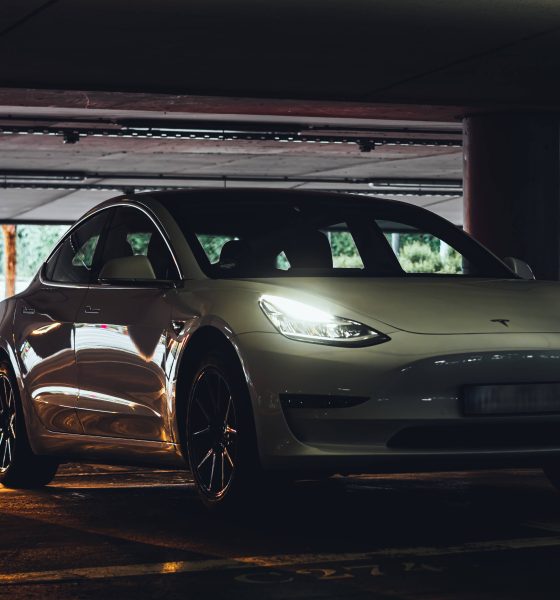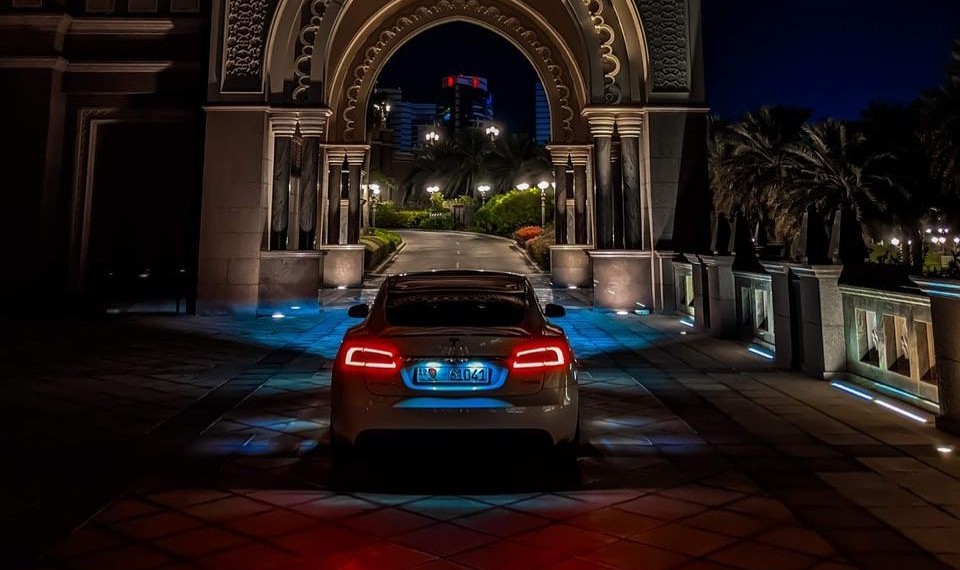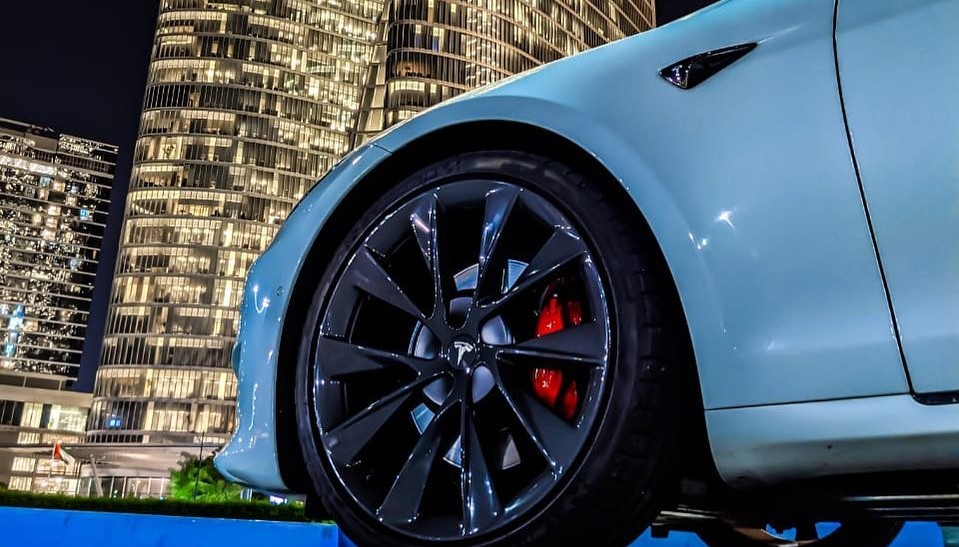

News
Tesla can tap into a $360B market in Europe, but it has to address its service first
SAP SE, a German software maker and one of Europe’s largest tech companies, provides cars for company and personal use as a perk for its workers. And as electric cars continue to gain ground in the region, SAP has noted that its employees are starting to show increasing interest Teslas. Despite this interest and specific requests for Teslas every month, SAP has decided not to purchase any of the American firm’s electric cars. The tech firm’s rejection of Teslas was primarily due to one key factor: the electric car maker’s small service network.
Keeping the Status Quo
SAP’s company car fleet today remains populated by vehicles from veteran premium automakers like BMW AG and Mercedes-Benz. In a statement to Bloomberg, Steffen Krautwasser, who manages the company’s 17,000 company cars in Germany, explained SAP’s stance on Tesla’s electric vehicles. “(Servicing teams) need to be there at short notice, and Tesla still has some work to do. The interest in Teslas is extremely high, but we simply can’t offer them at this point,” Krautwasser said.

SAP is not the only company with strong views about Tesla’s service network in Europe or its lack thereof. Ursula von Stetten, a spokesperson for chemicals giant BASF SE, also cited that Teslas couldn’t be options for its 50,000 German employees until the electric car maker establishes a robust service network. “Teslas will be available as soon as the appropriate infrastructure is in place,” the spokesperson said.
A $360 Billion Market
Considering these sentiments, it appears that Tesla’s service network in Europe is costing Elon Musk a significant number of EV sales. About 60% of all new vehicle sales in Europe, after all, are made through corporate channels. This translates to the company car market in the region being worth about $360 billion. So notable is the size of Europe’s corporate vehicle segment that the industry is expected to play a crucial role in determining just how fast the region could retire the internal combustion engine and embrace sustainable transportation. That being said, Tesla is, for now at least, largely absent from this market.
Apart from Tesla’s weak service network in Europe, companies have also cited the electric car maker’s refusal to offer bulk discounts and its lack of long-standing relationships with the region’s biggest companies as reasons why the American electric car maker is lagging behind its local rivals in the corporate vehicle segment. This is true to a point, especially considering that veteran automakers have decades of experience tailoring some of their vehicles to be the perfect company cars. Tesla does not do this with its vehicles, though many of its trademark features like Autopilot would likely be appreciated by corporate workers who spend long hours at the office.

Electric Opportunities
What’s interesting is that Europe’s corporate car sales are actually rising by about a fifth over the past decade as companies take advantage of generous subsidies, including tax breaks, value-added tax rebates, and depreciation write-offs. Transport & Environment, a Brussels-based research firm, has remarked that in Europe’s eight biggest corporate vehicle markets alone, the aid is worth $38 billion per year. But inasmuch as Tesla is lagging in Europe’s company car market, the region’s aggressive sustainability goals hint that the electric car maker has the potential to close the gap between itself and legacy automakers.
So far, only about 4% of cars bought by European companies in 2019 had a plug, and this list includes Plug-in Hybrid Vehicles. Amidst the region’s push for sustainability, battery-electric vehicles like the Tesla Model 3 and Model Y may very well become preferable alternatives to cars typically used as company vehicles. Germany, Italy, and France are among these regions, with the countries boosting subsidies for battery-powered vehicles as part of their pandemic stimulus programs last year. The trend is continuing too, with BloombergNEF estimating that Europe would likely see sales of about 1.8 million hybrid and battery electric vehicles this year alone. The following years would likely see this number rise even further.
To tap into Europe’s corporate vehicle segment, Tesla has to ramp its service network at a rate that’s far more aggressive than before. And while Teslas generally require a lot less maintenance due to their all-electric design, the company has to tangibly exhibit its capability to service multitudes of vehicles without breaking a sweat. A robust mobile service team would be invaluable in this light, and more dedicated service locations would be extremely beneficial. Such improvements would likely increase the confidence of companies whose employees are already requesting Teslas to be their corporate vehicles. If Tesla is able to accomplish this, then the Elon Musk-led electric car maker might be on track to take a piece out of of Europe’s $360 billion corporate car pie.
Don’t hesitate to contact us for news tips. Just send a message to tips@teslarati.com to give us a heads up.

News
Tesla FSD fleet is nearing 7 billion total miles, including 2.5 billion city miles
As can be seen on Tesla’s official FSD webpage, vehicles equipped with the system have now navigated over 6.99 billion miles.

Tesla’s Full Self-Driving (Supervised) fleet is closing in on almost 7 billion total miles driven, as per data posted by the company on its official FSD webpage.
These figures hint at the massive scale of data fueling Tesla’s rapid FSD improvements, which have been quite notable as of late.
FSD mileage milestones
As can be seen on Tesla’s official FSD webpage, vehicles equipped with the system have now navigated over 6.99 billion miles. Tesla owner and avid FSD tester Whole Mars Catalog also shared a screenshot indicating that from the nearly 7 billion miles traveled by the FSD fleet, more than 2.5 billion miles were driven inside cities.
City miles are particularly valuable for complex urban scenarios like unprotected turns, pedestrian interactions, and traffic lights. This is also the difference-maker for FSD, as only complex solutions, such as Waymo’s self-driving taxis, operate similarly on inner-city streets. And even then, incidents such as the San Francisco blackouts have proven challenging for sensor-rich vehicles like Waymos.
Tesla’s data edge
Tesla has a number of advantages in the autonomous vehicle sector, one of which is the size of its fleet and the number of vehicles training FSD on real-world roads. Tesla’s nearly 7 billion FSD miles then allow the company to roll out updates that make its vehicles behave like they are being driven by experienced drivers, even if they are operating on their own.
So notable are Tesla’s improvements to FSD that NVIDIA Director of Robotics Jim Fan, after experiencing FSD v14, noted that the system is the first AI that passes what he described as a “Physical Turing Test.”
“Despite knowing exactly how robot learning works, I still find it magical watching the steering wheel turn by itself. First it feels surreal, next it becomes routine. Then, like the smartphone, taking it away actively hurts. This is how humanity gets rewired and glued to god-like technologies,” Fan wrote in a post on X.
News
Tesla starts showing how FSD will change lives in Europe
Local officials tested the system on narrow country roads and were impressed by FSD’s smooth, human-like driving, with some calling the service a game-changer for everyday life in areas that are far from urban centers.

Tesla has launched Europe’s first public shuttle service using Full Self-Driving (Supervised) in the rural Eifelkreis Bitburg-Prüm region of Germany, demonstrating how the technology can restore independence and mobility for people who struggle with limited transport options.
Local officials tested the system on narrow country roads and were impressed by FSD’s smooth, human-like driving, with some calling the service a game-changer for everyday life in areas that are far from urban centers.
Officials see real impact on rural residents
Arzfeld Mayor Johannes Kuhl and District Administrator Andreas Kruppert personally tested the Tesla shuttle service. This allowed them to see just how well FSD navigated winding lanes and rural roads confidently. Kruppert said, “Autonomous driving sounds like science fiction to many, but we simply see here that it works totally well in rural regions too.” Kuhl, for his part, also noted that FSD “feels like a very experienced driver.”
The pilot complements the area’s “Citizen Bus” program, which provides on-demand rides for elderly residents who can no longer drive themselves. Tesla Europe shared a video of a demonstration of the service, highlighting how FSD gives people their freedom back, even in places where public transport is not as prevalent.
What the Ministry for Economic Affairs and Transport says
Rhineland-Palatinate’s Minister Daniela Schmitt supported the project, praising the collaboration that made this “first of its kind in Europe” possible. As per the ministry, the rural rollout for the service shows FSD’s potential beyond major cities, and it delivers tangible benefits like grocery runs, doctor visits, and social connections for isolated residents.
“Reliable and flexible mobility is especially vital in rural areas. With the launch of a shuttle service using self-driving vehicles (FSD supervised) by Tesla in the Eifelkreis Bitburg-Prüm, an innovative pilot project is now getting underway that complements local community bus services. It is the first project of its kind in Europe.
“The result is a real gain for rural mobility: greater accessibility, more flexibility and tangible benefits for everyday life. A strong signal for innovation, cooperation and future-oriented mobility beyond urban centers,” the ministry wrote in a LinkedIn post.
News
Tesla China quietly posts Robotaxi-related job listing
Tesla China is currently seeking a Low Voltage Electrical Engineer to work on circuit board design for the company’s autonomous vehicles.

Tesla has posted a new job listing in Shanghai explicitly tied to its Robotaxi program, fueling speculation that the company is preparing to launch its dedicated autonomous ride-hailing service in China.
As noted in the listing, Tesla China is currently seeking a Low Voltage Electrical Engineer to work on circuit board design for the company’s autonomous vehicles.
Robotaxi-specific role
The listing, which was shared on social media platform X by industry watcher @tslaming, suggested that Tesla China is looking to fill the role urgently. The job listing itself specifically mentions that the person hired for the role will be working on the Low Voltage Hardware team, which would design the circuit boards that would serve as the nervous system of the Robotaxi.
Key tasks for the role, as indicated in the job listing, include collaboration with PCB layout, firmware, mechanical, program management, and validation teams, among other responsibilities. The role is based in Shanghai.
China Robotaxi launch
China represents a massive potential market for robotaxis, with its dense urban centers and supportive policies in select cities. Tesla has limited permission to roll out FSD in the country, though despite this, its vehicles have been hailed as among the best in the market when it comes to autonomous features. So far, at least, it appears that China supports Tesla’s FSD and Robotaxi rollout.
This was hinted at in November, when Tesla brought the Cybercab to the 8th China International Import Expo (CIIE) in Shanghai, marking the first time that the autonomous two-seater was brought to the Asia-Pacific region. The vehicle, despite not having a release date in China, received a significant amount of interest among the event’s attendees.








